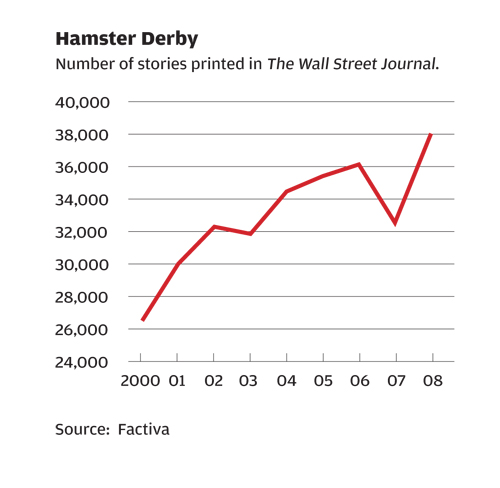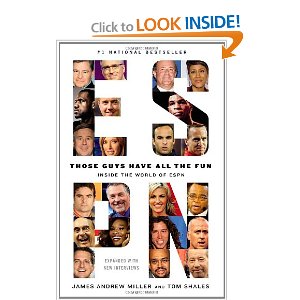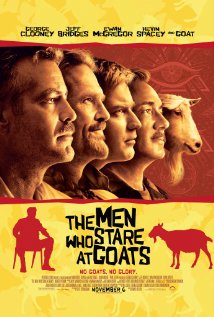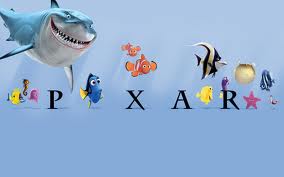Great Thoughts Time
You've likely heard or read about Google's famous of '20% time', their practice that allows and even encourages Google engineers to spend as much as 20% of their working hours pursuing projects of their own creation and choice. Google's history and some part of their culture is shaped by this unusual convention, most organizations would be hard pressed to define roles and manage teams and project commitments if a large part of their workforce was simply 'given' one day a week to do as they pleased. The Hamming Distance
The Hamming Distance
Certainly Google has benefited from this practice as much if not more than the individual engineers. Many successful projects, (Gmail being the most well known), are said to have gotten their start as '20% time' projects. But despite how well known Google's program is, the clear successes it has helped to produce, and the seemingly obvious talent attraction and retention benefits that such freedom, (and trust), must accrue to Google; this program has not seen widespread adoption outside Google.
So while the actual practice of formal '20% time' is more or less a Google-specific program, the idea of taking some time to step back from the day-to-day grind and think about new projects or tricky problems that may or may not be related to current initiatives is not at all unique. But the problem for most of us that have to try and find available time or seek opportunity for similar consistent stretches of exploration is that well, we just never find the time. Or we only find the time when we should be doing something else. Like actually having a life outside of work, taking a vacation, or participating in family or community activities.
I was thinking about this over the weekend when I came across the transcript of a talk titled 'You and Your Research' given by the late mathematician Dr. Richard Hamming on March 7, 1986 to an audience at the legendary Bell Laboratories facility in New Jersey. The hour or so long talk covered a fairly wide range of topics and bits of advice from the then 71 year-old Hamming, but none more interesting than his description of his personal version of '20% time', something he called 'Great Thoughts Time.' What is 'Great Thoughts Time?' From the written transcript of Hamming's talk:
If you want to do great work, you clearly must work on important problems, and you should have an idea. Along those lines at some urging from John Tukey and others, I finally adopted what I called 'Great Thoughts Time.' When I went to lunch Friday noon, I would only discuss great thoughts after that. By great thoughts I mean ones like: `What will be the role of computers in all of AT&T?', `How will computers change science?''
Very cool. Hamming invented his own version of '20% Time' sometime in the 1950s, except it was really just '10% Time', (from 'Friday noon' onward), and rather than an open and free-flowing kind of exercise, he concentrated his thinking on what he called 'Great Thoughts', those critical and truly important ideas that if he focused on them, he could do great work. If you read the entire transcript of Hamming's talk you get the sense of the competitiveness inherent amongst these super intelligent scientists at Bell Labs.
Hamming clearly believed that having the smarts alone would not guarantee a scientist, or anyone for that matter a shot at real greatness. To do great work you had to work on only the truly important problems. And to identify what those truly important problems were, you had to set aside a block in your schedule for 'Great Thoughts Time'.
What do you think? Do you set aside time to think about the biggest issues facing you, your profession, or your organization today?
Why not?
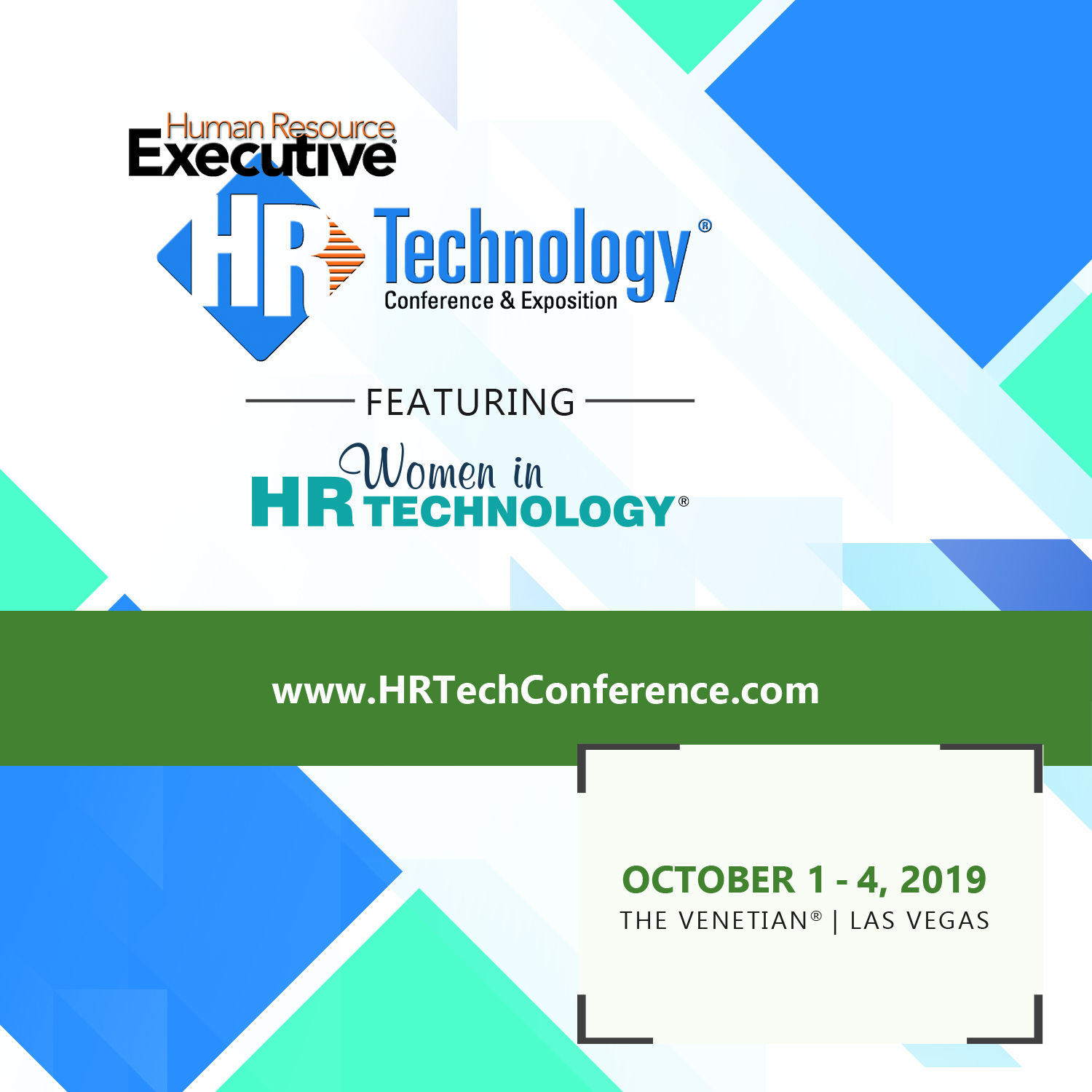
 Steve
Steve
